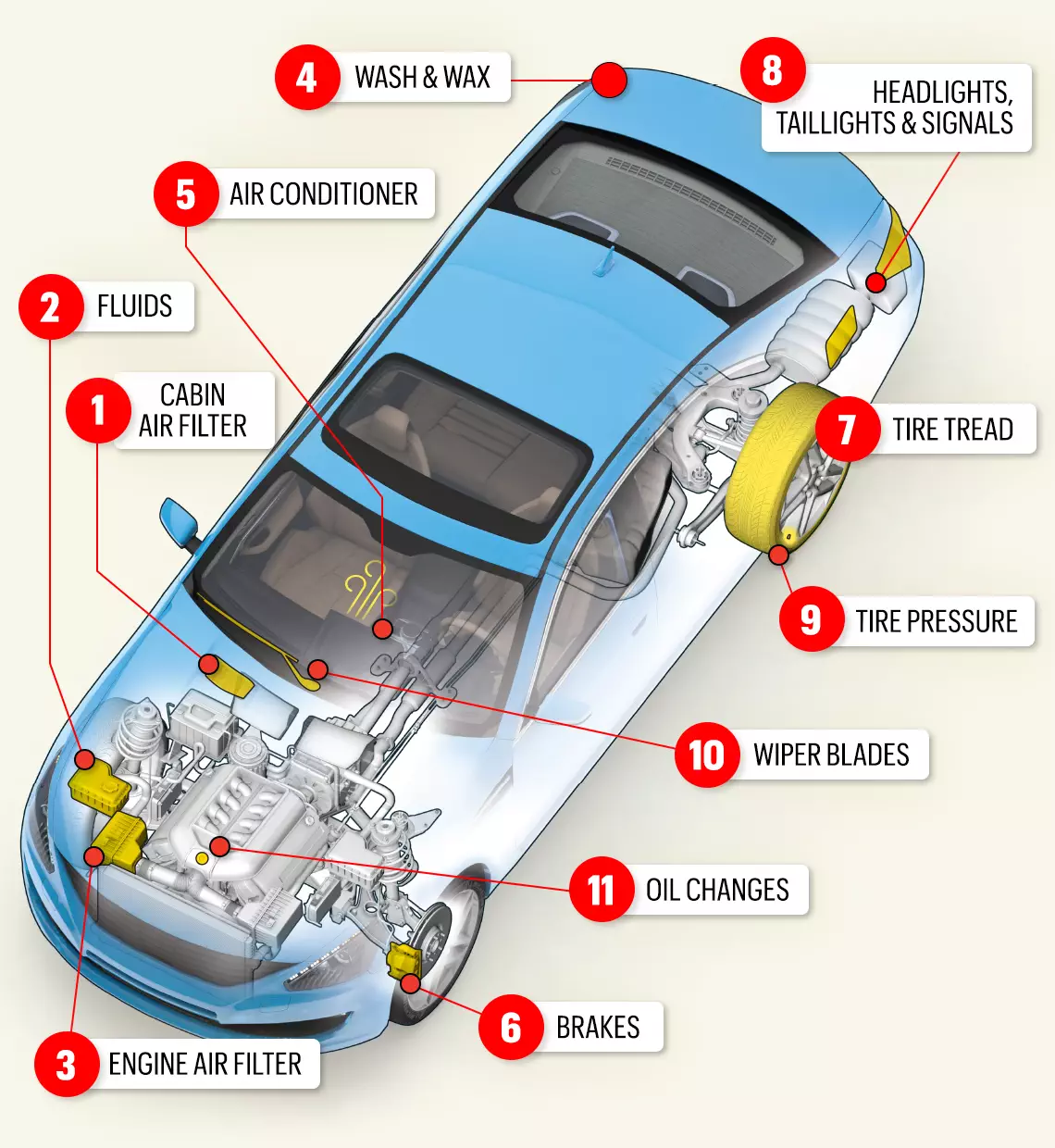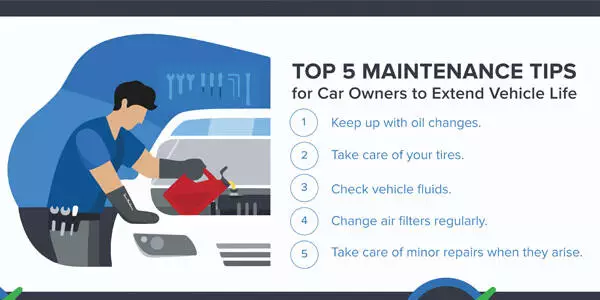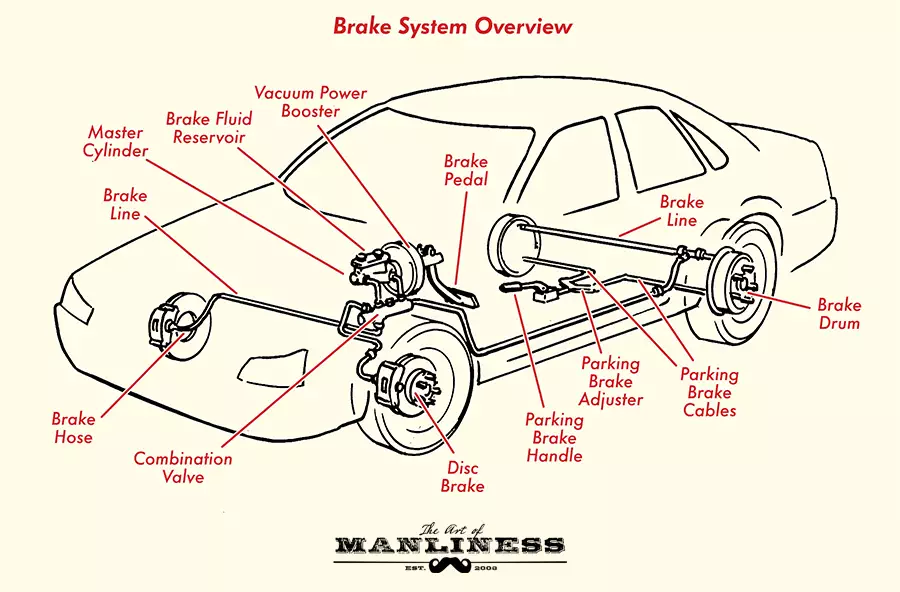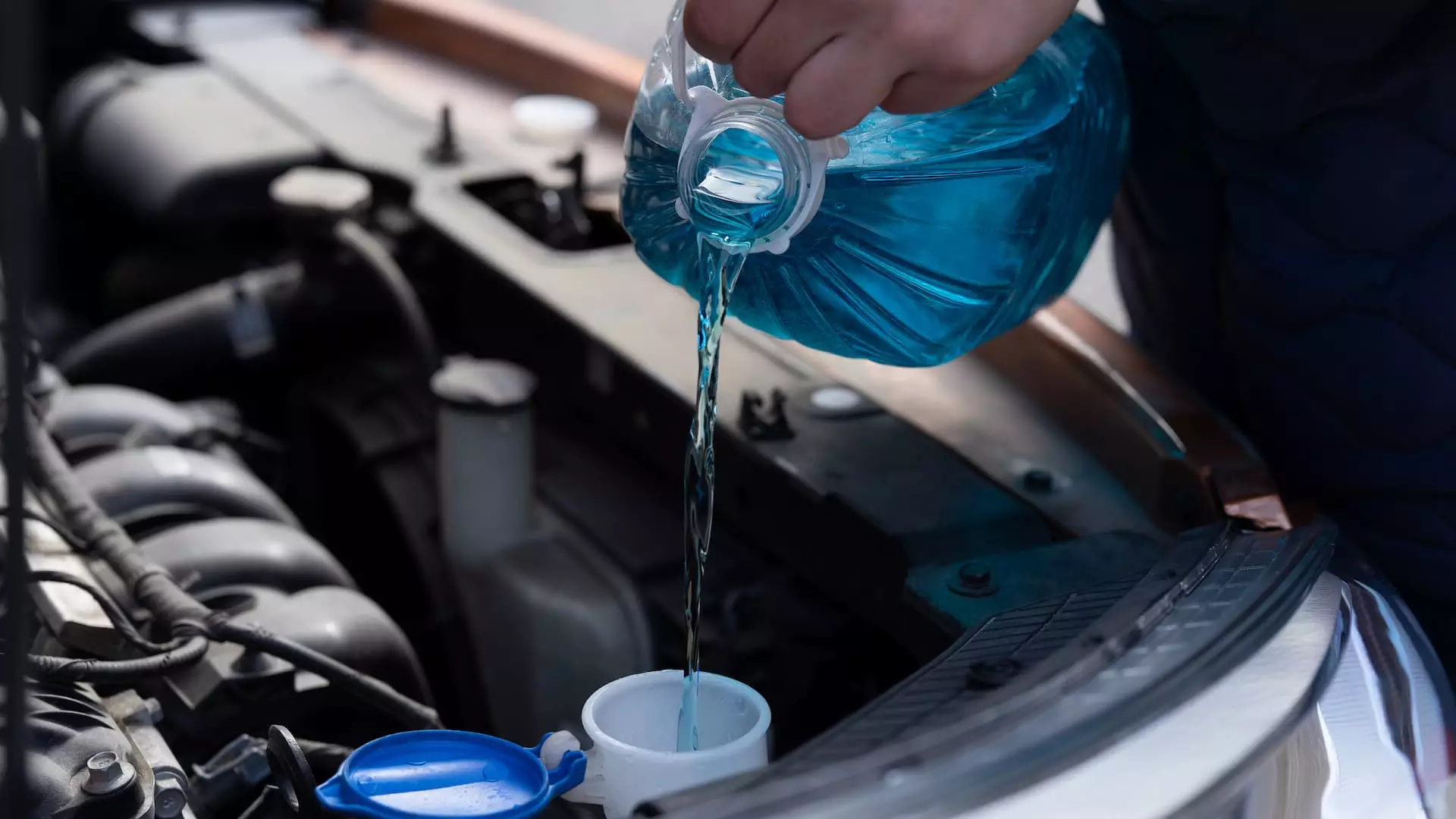
How to Solve Your Car Troubles with Understanding the Lifespan of Common Car Components
“An ounce of prevention is worth a pound of cure.” This saying holds true, especially when it comes to understanding the lifespan of common car components. Knowing how long each part of your vehicle lasts can save you time, money, and headaches. You can recognize when components are nearing the end of their life, so you don’t end up stranded on a busy highway. Understanding vehicle part longevity helps you make informed decisions about repairs and replacements, ensuring your ride stays smooth and reliable.
Regular check-ups and a proper car maintenance schedule can extend the durability of car parts. Pay attention to signs of wear and tear, like unusual noises or reduced performance. Whether it’s brake pads, the electric car battery, or the radiator, each component has its own lifespan. Recognizing these signs early helps you avoid costly repairs and ensures your vehicle performs at its best. Plus, being proactive means you’re always ready for whatever road conditions you might face.
Ready to dive deep into your car’s health? Discover the secrets to automotive part longevity and find out how driving habits can impact your vehicle’s performance. Keep reading to learn the crucial factors that can help you get the most out of your car’s components.
In the article
Understanding the Lifespan of Common Car Components
Average Lifespan of Car Parts
When you own a car, you might wonder about the average lifespan of car parts. Most cars have parts that last a set number of miles or years. For instance, a car battery typically lasts 3-5 years. If you drive daily, your brakes might need replacing more often. Rotors, on the other hand, can last up to 70,000 miles. However, how long your parts last can depend on a few factors.
Having a basic idea about your car part lifespan is essential for planning maintenance. For example, you should check your tires every 6,000 miles. If you take care of your vehicle, parts might last longer. In contrast, neglecting maintenance can lead to early breakdowns. Therefore, keeping a log of when you last replaced parts can be very helpful.
Monitoring Car Component Wear and Tear
Observing signs of wear and tear is crucial for your safety. You might notice squeaky brakes or a sluggish battery. These are signals that you need to act. Regular check-ups can catch issues before they become major problems. Therefore, pay attention to any unusual sounds or changes in how your car drives.
Timely replacement of parts ensures your car remains safe to drive. If you’ve ever driven with worn-out brakes, you know how vital it is to replace them on time. Missing these signs could lead to more costly repairs and risky driving. Therefore, keeping an eye on your car’s condition can save you from trouble later.
Automobile Component Durability Insights
Understanding automobile component durability gives you an edge in maintaining your car. Some parts are designed to last longer, like the alternator or fuel pump. It’s vital to know which parts wear out faster so you can plan their replacement. An oil change might seem minor, but it keeps your engine healthy.
With improved technology, many parts now have better durability. For instance, electric car batteries have improved energy density, meaning they last longer. However, keep an eye on battery degradation to avoid sudden breakdowns. Understanding these details helps you make informed decisions about maintenance and replacements.
Key Factors Affecting Car Component Lifespan
Several factors impact the longevity of vehicle components. How you drive, where you live, and the quality of your car parts all play a part. Aggressive driving habits can wear out parts sooner. Similarly, extreme climates, hot or cold, can stress your car’s components.
- Driving habits
- Climate conditions
- Quality of components
Adjusting your driving conditions could mean longer-lasting parts. For example, avoid sudden stops to extend brake life. If you live in a cold area, starting your car early in the winter can prevent engine strain. Also, using high-quality parts might cost more upfront but save you money in the long run.
Car Maintenance Schedule Importance
Sticking to a car maintenance schedule is a smart move for any car owner. Regular oil changes, tire rotations, and brake checks can extend your car’s life. They also ensure that your car runs smoothly. You can find your car’s maintenance schedule in the owner’s manual.
Improving car part replacement intervals can lead to a more reliable vehicle. When you follow the recommended schedule, parts like brake pads and filters get replaced when needed. Missing these intervals can cost more money down the road. Therefore, keeping a calendar or reminders for these tasks can be useful, making sure you don’t miss any important dates.
Enhancing Longevity of Vehicle Components
When you use quality parts, you prolong the durability of car parts. Genuine parts or those from trusted brands may have better materials. This means they can handle wear and tear better. It’s essential to choose the right parts for your car to keep it running well.
Implementing protective measures like using covers for seats and steering wheels also adds to longevity. These small acts protect them from sun and dirt. By doing so, you save money and keep your car looking good. Simple acts of care result in big changes over time.
Practical Tips for Automotive Part Lifespan
Identify When to Replace Parts
Recognizing signals for car part replacement is crucial. Your car might give you hints before a part fails completely. For example, dim headlights or difficulty in starting might mean the battery is failing. Reacting promptly can save you a lot of hassle and ensure your ride is safe.
Understanding warning signs can help prevent more serious damage. If your brake pedal feels soft, it’s time to check the brake fluid and calipers. Ignoring such warnings could lead to expensive repairs or even accidents. Therefore, don’t ignore your car’s cries for help.
Choosing Durable Car Parts
When it’s time to buy car parts, opt for certified durable parts. Check reviews and consider those with a good warranty. This ensures you’re buying parts that will last longer and perform better. Certified parts often undergo strict testing, assuring their quality.
Considering customer feedback and expert advice can point you towards the best options. A part with a long warranty shows the manufacturer’s confidence in its product. By choosing wisely, you avoid frequent replacements and unexpected failures. Therefore, investing in the right parts pays off in the long run.
Cost-Effective Strategies for Car Care
Balancing costs with longevity of vehicle components is key for any car owner. You don’t always have to choose the cheapest option. Sometimes, spending a bit more upfront can save money later. Regular upkeep, like changing oil or air filters, costs little but prevents expensive repairs.
Regular maintenance saves money and keeps your car in top shape. Simple tasks like checking tire pressure or cleaning the battery terminals can improve your car’s performance. By staying proactive, you can prevent issues before they start. Therefore, maintaining your vehicle is not just about fixing problems but avoiding them altogether.
Keep Your Car Running Smoothly
By understanding the lifespan of your car’s parts, you can avoid unexpected breakdowns. Knowing when to replace components like brake pads and batteries keeps your vehicle safe and reliable. This knowledge saves money and ensures your driving experience remains smooth and stress-free. Regular check-ups help you stay on top of wear and tear, making sure your car performs at its best.
It’s time to take action. Start by checking your car’s maintenance schedule and note the recommended replacement intervals for key components. Pay attention to any warning signs, like unusual noises or performance changes, and address them promptly. Keeping a simple log of these checks can help you track what needs attention next. This way, you can maintain your car’s health effectively.
Now, go ahead and give your car a quick inspection. Make a list of parts that might need attention soon. Take charge of your vehicle’s longevity today, and enjoy peace of mind on every journey you take. You’re in control of your car’s future. Make it a priority!







